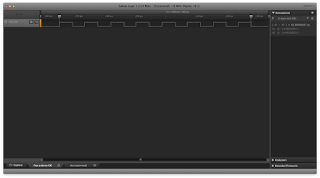Lectures
Here are some links to past lectures about Swift for Arduino... The first talk, launching Swift for Arduino at Swift London... https://skillsmatter.com/skillscasts/10773-swift-for-arduino-an-experimental-compiler Here's a lecture about the dimmer switch... https://skillsmatter.com/skillscasts/12236-home-made-homekit-apple-controlled-dimmer Demo of the dimmer after the talk... https://twitter.com/mariosge90/status/1012608724475801600?s=21 Demo of the dimmer in action at home... https://youtu.be/ybakczc3qIk Blog piece about the dimmer... https://medium.com/@carl_the_dev/how-i-accidentally-made-a-dimmer-switch-with-a-raspberry-pi-and-an-arduino-c6251848d629
